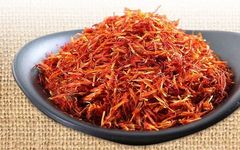

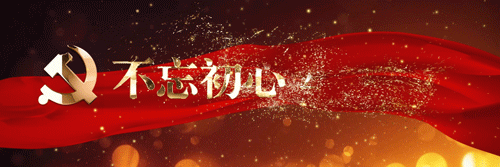
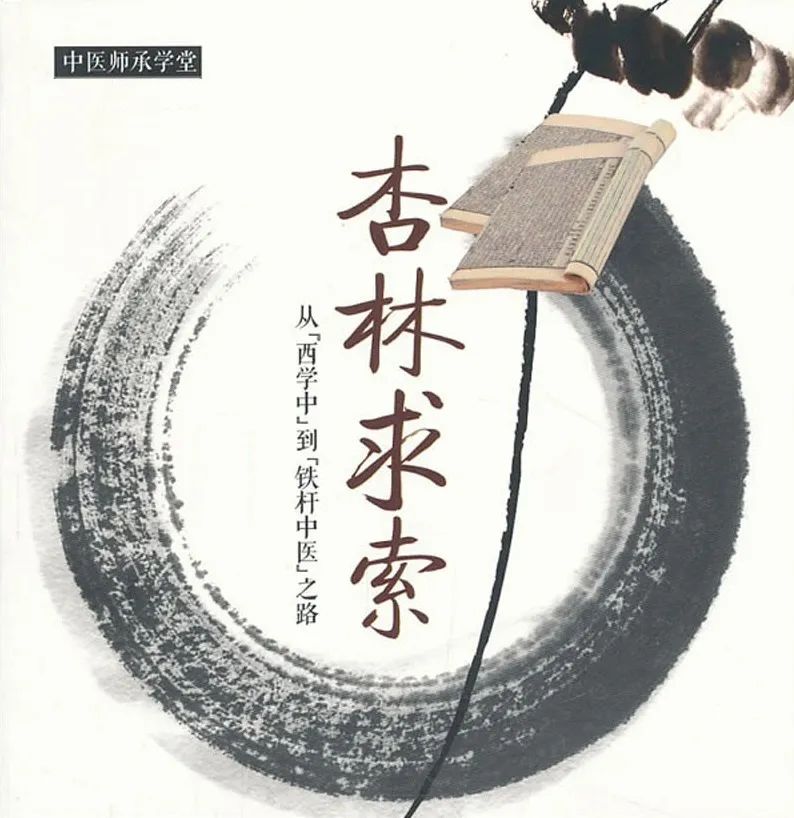
Hong Hua (Safflower)



【Properties and Meridian Affinities】 Spicy, warm. Enters the Heart and Liver meridians.
【Characteristics】 This herb is spicy and disperses warmth, benefiting the Heart and Liver meridians. It invigorates blood circulation and unblocks the meridians, disperses stasis, alleviates pain, and is particularly effective for conditions related to blood stasis, especially in cases of cold.
【Functions】 Invigorates blood circulation and unblocks the meridians, disperses stasis and alleviates pain.
【Indications】
1. Blood stasis leading to amenorrhea, dysmenorrhea, and retained lochia after childbirth.
2. Chest obstruction and heart pain, masses and accumulations, trauma and swelling.
3. Dark rashes (in combination with heat-clearing and blood-cooling herbs).
【Dosage】 3-10g.
【Precautions】 Use with caution in pregnant women. This herb is spicy and warm, with strong blood-invigorating properties, thus it is contraindicated for pregnant women and those with excessive menstrual bleeding.
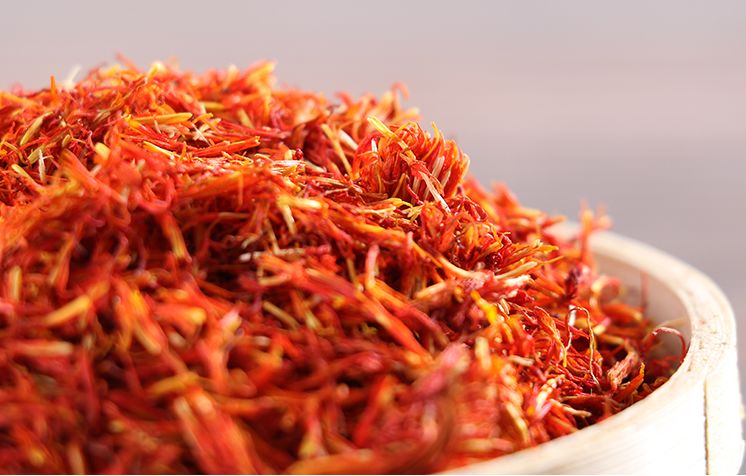
【Identification of Authenticity】
Authentic Hong Hua: The flower is bright red and vivid, without thorns, soft and smooth to the touch, and feels like down when held.
Hong Hua consists of tubular flowers without ovaries, approximately 1-2cm long. The surface is reddish-yellow or red. The flower tube is slender and splits into five at the tip, with the lobes being narrow and 5-8mm long; there are five stamens, and the anthers are tubular, yellowish-white; the stigma is long and cylindrical, slightly bifurcated at the tip, and soft in texture. It has a faint fragrance and a slightly bitter taste.
Local Products: A related plant without thorns, with deep red flowers, cultivated for medicinal use in North China and Xinjiang.
Quality Identification: Some unscrupulous vendors dye other Asteraceae plants and sell them as Hong Hua for profit. Simple and quick identification methods are as follows:
1. Visual Inspection: Undyed Hong Hua has clear and straight flower columns, flower tube lobes, and anthers, while dyed ones appear fluffy. The flower column and lobes may be curled or clumped together, showing reddish-yellow, with the anthers’ yellowish-white color being less distinct; the inner surface of clumped flowers appears yellowish-white, while the outer surface is red.
2. Smell Test: Undyed flowers have a faint fragrance and a slightly bitter taste; dyed ones may have a pungent smell from the dye.
3. Water Test: Place Hong Hua in a cup and add warm water. Undyed flowers will produce a clear golden-yellow solution, with the red color of the flower lobes and the yellow of the anthers remaining unchanged. Dyed flowers will produce a murky brown-red solution, with the colors fading.
【Modern Pharmacological Research】
Hong Hua contains safflower glycosides, safflower quinones, and new safflower glycosides. The components vary with the maturity of the flowers; pale yellow flowers mainly contain new safflower glycosides and trace safflower glycosides; yellow flowers mainly contain safflower glycosides; and orange-red flowers contain safflower glycosides or safflower quinones. Additionally, it contains safflower yellow, palmitic acid, myristic acid, and lauric acid. Modern studies indicate that Hong Hua can stimulate the uterus, dilate blood vessels, improve microcirculation, and exhibit anticoagulant and lipid-lowering effects.
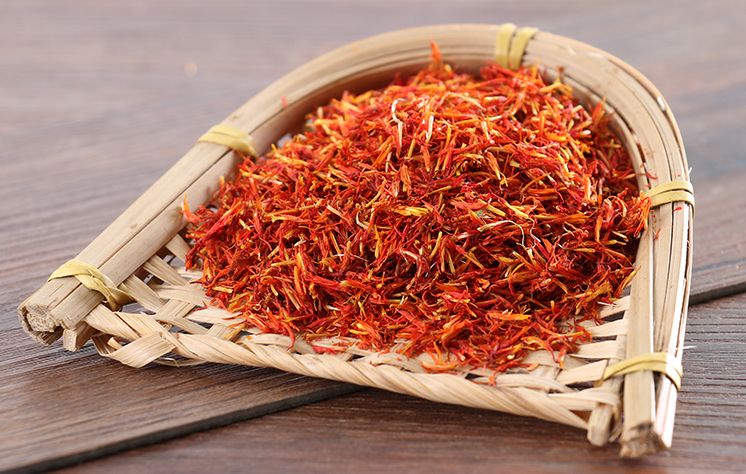
【Clinical Applications】
1. For masses, abscesses, trauma, rheumatic pain, menstrual irregularities, abdominal pain due to amenorrhea, and postpartum pain. Hong Hua is spicy and disperses warmth, primarily used to invigorate blood and dispel stasis, making it a key herb for treating blood stasis, especially for women with menstrual issues. It is often used in combination with Tao Ren (Peach Kernel) for blood invigorating effects, and with Dang Gui (Angelica Sinensis), Chuan Xiong (Sichuan Lovage), and Shao Yao (Peony) for blood invigorating; for dispelling stasis, it can be combined with San Leng (Sparganium) and E Zhu (Curcuma) or Da Huang (Rhubarb) and Wu Ling Zhi (Flying Squirrel Feces).
2. For dark rashes. Hong Hua can be used for measles that have receded or for heat stagnation and blood stasis, where the rashes are not bright red, utilizing its blood-invigorating and stasis-dispelling properties, often combined with Dang Gui, Zi Cao (Lithospermum), and Da Qing Ye (Isatis Leaf) for blood-invigorating, cooling blood, and detoxifying effects.
3. For coronary heart disease, angina pectoris, and thromboangiitis obliterans. For coronary heart disease and angina pectoris, it is commonly used with Dan Shen (Salvia) and Chuan Xiong; for thromboangiitis obliterans, it can be combined with Dang Gui, Tao Ren, Chi Shao (Red Peony), and Ru Xiang (Frankincense).
【Culinary Recipes with Hong Hua】
1. Hong Hua Glutinous Rice Porridge: 5g of Hong Hua, 10g of Dang Gui, 15g of Dan Shen, and an appropriate amount of glutinous rice. Boil Hong Hua, Dang Gui, and Dan Shen in water, filter to retain the liquid, wash the glutinous rice, and cook it with the liquid and an appropriate amount of water until porridge is ready. Season to taste. This dish nourishes blood, invigorates blood circulation, and regulates menstruation, suitable for those with menstrual irregularities.
2. Hong Hua Black Bean Sweet Soup: 4g of Hong Hua, 30g of black beans, and an appropriate amount of brown sugar. Soak Hong Hua for 10 minutes, wash the black beans, and place them together in a clay pot with an appropriate amount of water. Boil on high heat for 5 minutes, then simmer until the black beans are soft. Remove the black beans and Hong Hua, add sugar to taste. This dish invigorates blood circulation and alleviates pain, suitable for severe dysmenorrhea.
Note: The various prescriptions and remedies mentioned in this article are for reference and learning purposes for professional TCM practitioners only and should not be used as prescriptions. Please do not self-medicate; this platform does not bear any responsibility for any consequences arising from such actions!
Copyright Notice: This article is sourced from the internet. We share articles and images from the internet, and the copyright belongs to the original authors and sources. This article is for educational sharing and dissemination of more information, with no commercial purpose. If there are any issues regarding the content, copyright, or other matters, please contact the original author (Phone: 0663-5593311) for immediate resolution.
Editor: Gao Meiling; Editor-in-Chief: Chen Xiaomu
【Patient Satisfaction Survey】
Listening to patients’ voices to improve service quality. The Jiexi Traditional Chinese Medicine Hospital has launched a patient satisfaction survey.
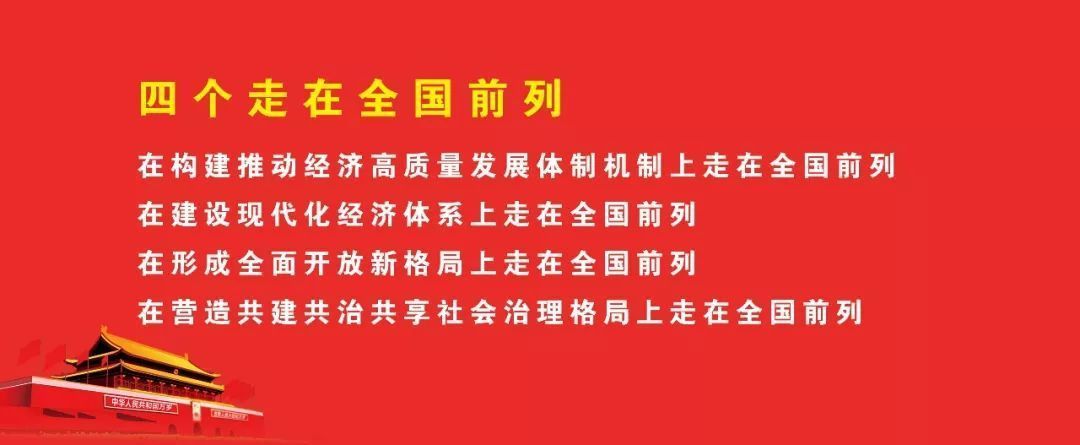
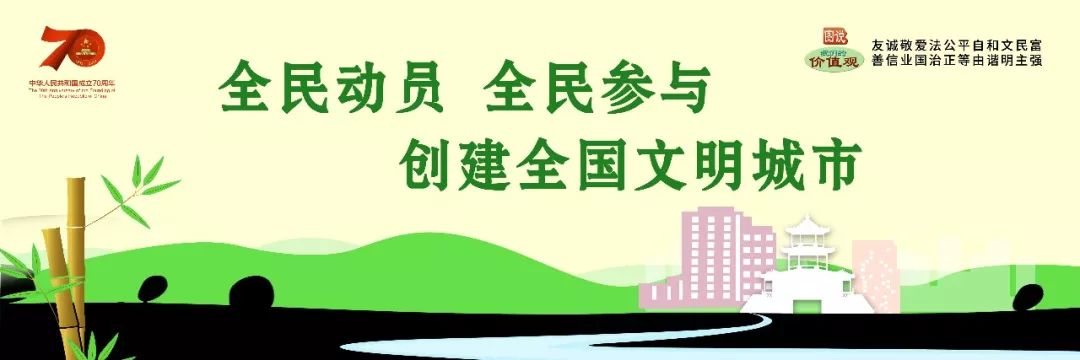

Submission Email: [email protected]
“Looking” is forever 18 years old~


